In this project a novel metallic damper, named Honeycomb Structural Fuse (HSF), for seismic applications. The HSF utilizes commonly available welded wide flange sections with honeycomb-shape perforations on web. The HSF is designed to dissipate earthquake energy through plastic deformation of the web in shear, while the flanges remain elastic. The HSF can be fabricated into different shapes to fit different structural demands.
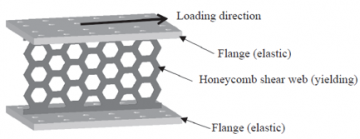
Design of the HSF
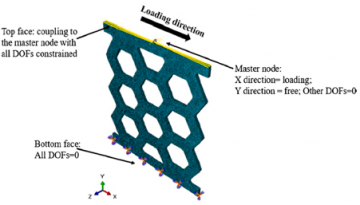
Numerical modeling of the HSF
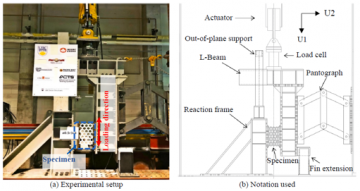
Test Setup
To investigate the seismic performance of the HSF, a total of nine specimens with different honeycomb cell wall aspect ratios (cell wall thickness to cell wall center length) and honeycomb cell combinations (number of rows and columns) were manufactured and tested under displacement-based static cyclic loading. The influence of the different geometry parameters on the initial stiffness, yield force, yield drift, force-drift relationship, buckling, and failure modes are summarized in this paper. Finally, a robust finite element model was built to simulate the hysteresis behavior of the HSF. The effectiveness of the proposed model was validated using experimental results. The study shows that the newly proposed HSF has stable energy dissipation, which can be used as an efficient metallic damper for seismic applications.
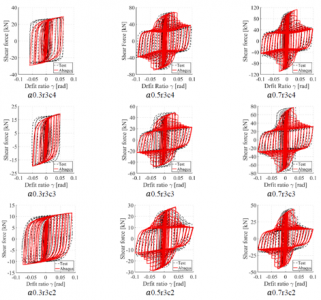
Hysteric behaviour comparison between the numerical model and test
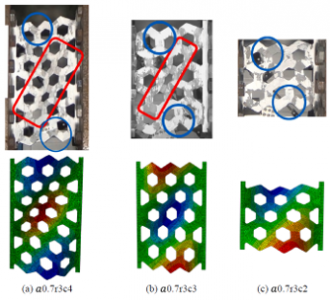
Deformed shape comparison between the numerical model and test
If you feel our work is inspiring or helpful to your research, please consider citing the following:
Reference:
Yang, T. Y., Li, T., Tobber, L., & Pan, X. (2020). Experimental and numerical study of honeycomb structural fuses. Engineering Structures, 204, 109814.
Yang T.Y., Li, T., Tobber, L., Pan, X. “Experimental Test of Novel Honeycomb Structural Fuse.” 2019 International Conference on Steel and Composite Structures (ICSCS19).